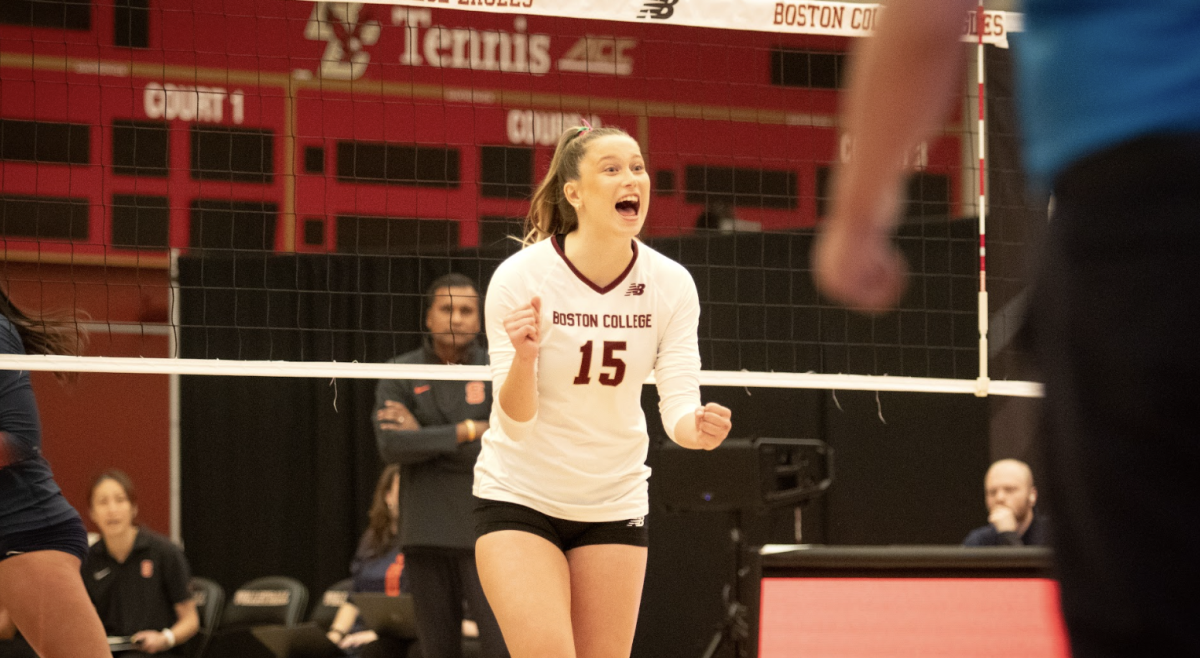Any high school soccer player will tell you that man-marking is the worst thing to happen to his or her life since that time last weekend when his or her parents set a curfew. But the system is easy for coaches to teach and simple for players to comprehend. On the other side is zonal marking, which is hard to teach and takes a lot of concentration to pull off, but it’s extremely effective and efficient on the body, because it takes less running.
A team is most effective when it uses both. It helps the team gain advantages all over the field, so that one can win the ball back fast, have players to pass to when in possession, and take opposing players out of the match.
The worst thing that can happen on a soccer field is being outnumbered and being man-marked by different players, who are all at full strength.
Soccer is a game in which space comes at a premium, and the winner of each match usually controls the most amount of space for the longest period of time. The way that space is dominated is through those man advantages, or at least by making the most of a man-to-man battle.
That’s the gist of what happened to the Boston College men’s soccer team on Friday night, as it was man-handled by Clemson in its ACC opener, which ended in 2-0 loss to the Tigers.

The kryptonite to the diamond 4-4-2, which BC uses, is the 4-2-3-1, which can be disguised as a 4-4-1-1. No soccer formation is perfect, and no one formation is guaranteed to trump the other, but a double screen on defense and pivot when playing the ball out of the back is meant to take the opposition’s creative force (which is in this case Zeiko Lewis) and the build-up man at the base of the diamond (in this case Henry Balf) out of the game.
Clemson had advantages all over the pitch, and its athleticism was able to carry it through. The Tigers have struggled so far, as they skated past lowly Radford before dropping three straight matches. Head coach Mike Noonan’s team is physically imposing, but low on skill, outside of T.J. Casner.
Clemson’s first step was to knock Balf off his game. The former Bolts FC midfielder had lots of time on the ball in his first few games with the Eagles. In possession, he was excellent at distributing the ball and was able to play short, smart passes in the build up. Clemson marked him immediately. Casner took him on for most of the second half, while Thales Moreno had his number in the first half.
By marking Balf, the effect was twofold: 1) It stopped Balf from getting on the ball. 2) If Balf got on the ball, he was immediately pressured and forced to make a bad pass. For most of the match, the first effect occurred, which caused BC to play wasteful long balls. While Phil Sandgren has the strength to hold up play, and Isaac Normesinu has the speed to beat any tree at the back, that is not how attacking in the diamond is supposed to work, and not how this team is meant to play its football.
Balf also has to speed up his decision-making and find the open man faster.
“It was definitely a step up from who we’ve been playing against,” Balf said. “But obviously, we were expecting that, so it’s not like it came out of the blue.
“I think it’s good to get the first one under our belt, and we’ll get adjusted and come back stronger,” he said.
Balf is aware that he needs to change his game, though.
“It’s definitely a different game,” Balf said. “But some of that is I need to be better, I think, and make space for myself and switch the point of attack more.”
While Balf does not see himself as someone set to split the back four and take on a role as a center-half, he must work harder off the ball to spur BC’s attack.
The Eagles built the majority of their goals in the first few matches by doing what the diamond is supposed to do—press high to create a chance or work the ball forward through quick build-up play. BC had numbers all over the pitch and moved as a unit even in wide areas in those games as well, but against Clemson the numbers battle in each part of the pitch was lost.
On the flanks, Clemson was tireless when it came to coming after the Eagles. Noonan must have remembered how good Giuliano Frano was in the center of midfield and been relieved to see him playing at right back, as he deputized for the injured Matt Wendelken, who will return to the squad next week.
Frano is competent at right back, but it is not his natural position. While Cole DeNormandie did his best to assist Frano out wide in the early going, Clemson found it easy to get behind. At times it was Casner, while at others it was Iman Mafi who popped up down the flank to hammer away. The Tigers’ wingers took advantage of Mohammed Moro in the buildup to the first goal. Oliver Shannon took the ball down the right and drilled a cross into the danger area, which Kyle Murphy out-dueled Nick Butler in order to poke it home on 36 minutes.
It was not the prettiest goal of the year, but it was effective because of the advantage Clemson had outside. The Tigers used the wide attacking midfielders perfectly, knowing that they could take on BC’s defenders and not worry about losing the ball, because they had cover behind them at full back—at least one player to mark Lewis and a pair of strong center-backs to keep Normesinu and Sandgren at bay.
Casner tormented Ampadu in the build up to the second goal as well, putting the center back on his butt with a fake, which opened up space in which he could slide the ball across to Murphy, who beat Kapp for his second of the night in the 70th minute.
There were other elements that contributed to the defeat, including the amount of time a lot of the Eagle attackers spent dribbling.
“I just thought there was too much running with the ball,” said Kelly.
While Derrick Boateng and Lewis are talented on the ball, having two midfielders to deal with them meant that even if one scraped past a defender, the other was bound to either slow them down or strip them of possession. This coaching staff wants fast football and sometimes the dribbling stops that. The fancy footwork and intricate passing that the Eagles are going after, though, are easy on the eye, but Clemson played ugly and won.
“We’re making the game, and they played it well tactically, you know chip it up to the big guy, flick it on,” said Kelly. “They didn’t try to pass, pass, pass, pass.”
Clemson also had numbers as well. The Tigers pressured and won using a strength and athleticism that is associated with college soccer. By crushing the Eagles in each part of the pitch, Clemson gave this BC team a lesson in space and numbers, which it will have to learn from if it wants to be successful in the ACC.
Featured Image by Emily Fahey / Heights Editor












